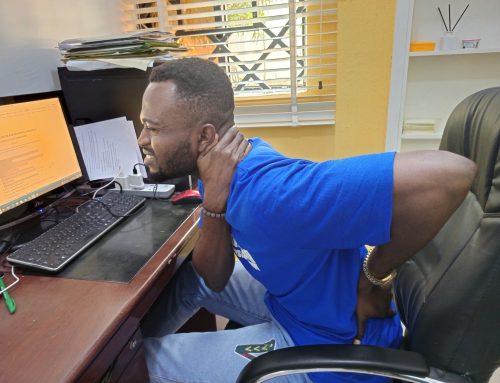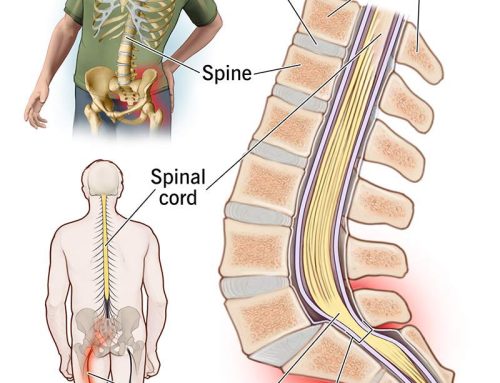Headaches happen for lots of reasons. Knowing what kind you have and what’s causing it can be hard, but if it’s related to a problem in your neck, there’s a good chance it’s a cervicogenic headache (CH).
Contents
Signs/Symptoms
One sign of cervicogenic headache is pain that comes from a sudden neck movement. Another is that you get head pain when your neck remains in the same position for some time.
Other signs may include:
- Pain on one side of your head or face
- Steady pain that doesn’t throb
- Head pain when you cough, sneeze, or take a deep breath
- An attack of pain that can last for hours or days
- Stiff neck — you can’t move your neck normally
- Pain that stays in one spot, like the back, front, or side of your head or your eye
Even though cervicogenic headache and a migraine are different, some of the symptoms can be similar. For example, you may:
- Feel sick to your stomach
- Throw up
- Have pain in your arm or shoulder
- Feel sick or uncomfortable in bright light
- Feel sick or uncomfortable with loud noise
- Have blurry vision
Causes
Many things can cause a cervicogenic headache (CH), and sometimes there’s no way to figure out exactly what it is.
- CH can come from problems with the bones in your neck (vertebrae), joints, or neck muscles that happen over time. For example, people in certain jobs, like hair stylists, carpenters, and truck drivers, can get CH from the way they hold their heads while they work.
- Sometimes CH happens in people who hold their heads out in front of their bodies. That’s called “forward head motion,” and it puts extra weight on your neck and upper back.
- It also can come from a fall, sports injury, whiplash, or arthritis. Or the nerves in your neck might be compressed (squeezed).
- You also can get cervicogenic headaches from a tumor or a fracture (small break) in your upper spine or neck.
Diagnosis
These might be signs of another health problem that needs attention too.
Treatment
How Physiotherapy Can Help Lessen Cervicogenic Headache or Get Rid of it Completely
If you experience cervicogenic headache and you want to cure rather than manage it, then physiotherapy could be the solution you’ve been looking for.
Stretches, exercises and spinal manipulation (a mix of physical therapy, massage, and joint movement) can greatly help. However, note that you need to work with a Physiotherapist, specially trained on how your nerves, bones, and muscles work together to find out what kind of exercise is best and safest for you, and to do the spinal manipulation.
Here at Amazing Physiotherapy, our team has worked with several patients suffering from cervicogenic headaches just like you and helped them get rid of the pain completely. This we have done without painkillers, injections or surgery.
To arrange for a free consultation and assessment where you can speak to a member of our team, ask any questions that you have, and find out the best treatment options for you, kindly fill out our simple web form via https://amazingphysioclinic.com/book-appointment/ or if you prefer to talk over the telephone, you can call/WhatsApp us on 07026750637 or 08083654963.






Leave A Comment